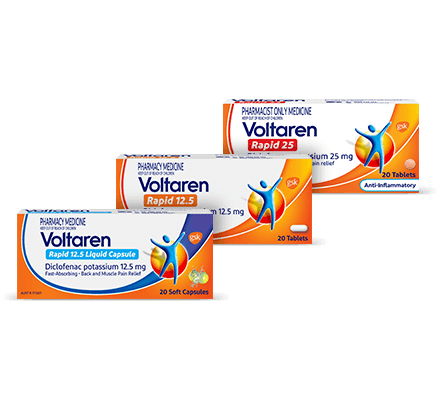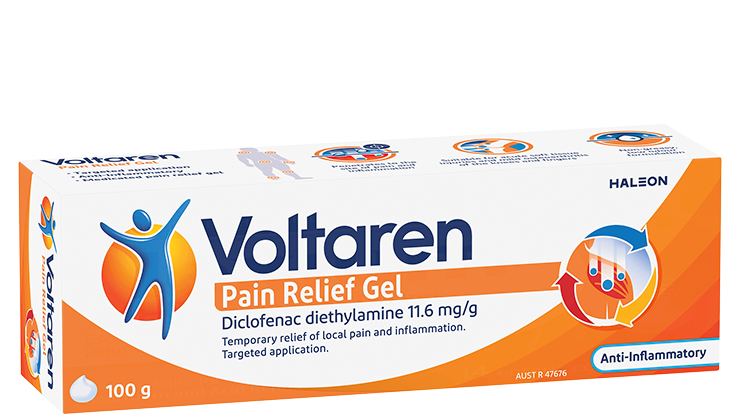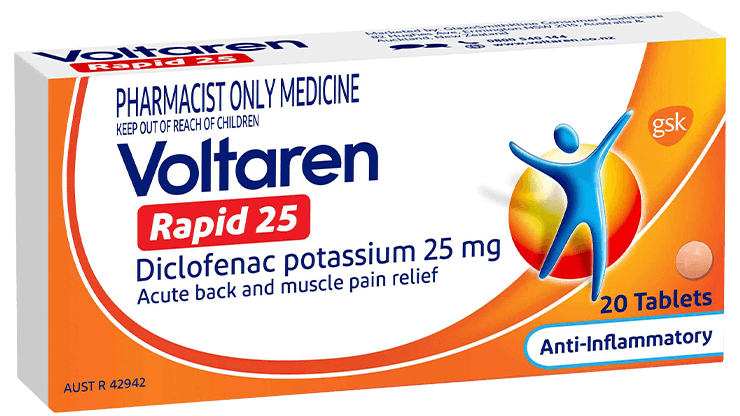Wrist pain management, as well as relief for hand pain and finger pain, are top priority when you meet the everyday reality of having to work, cook, drive, shop - even turn on the tv. Here we help you understand how to manage wrist pain and find wrist, hand and finger pain relief methods that work for you. That way you can get back to movement that actually feels good. Because there is little in life more joyful than pain-free movement after even just a few moments of wincing in pain from the simplest of activities.
First, let’s touch upon what causes wrist pain. Largely speaking, wrist pain can be caused by damage to any part of your wrist – including the joint, muscles, nerves or tendons that run through it – and can cause tingling, weakness, and pain. All of this can spell difficulty performing everyday tasks like gripping things in your hand or making a fist. Wrist pain is often caused by repetitive use injuries. Osteoarthritis in the wrists can also cause painful flare ups.
Short term injuries can also cause finger pain and thumb pain, like a sprain. Like wrist pain, finger pain and thumb pain can also be caused by medical conditions like arthritis. Tendonitis is also common in fingers, which can also result in trigger finger, where swollen tendons make it difficult to move the finger and can result in clicking. There's also nerve damage conditions like shoulder-hand syndrome that result in pain all down the arm but also in the hand and fingers.
Non-medicinal methods for wrist pain relief
Wrist pain doesn’t always require medical treatment. If you’re looking for how to relieve wrist pain at home, you’ve come to the right place. Here are some methods to manage wrist and hand pain at home.
Self-care and at-home wrist and hand pain managements include:1
Icing the area
Applying ice to your wrist or hand can help reduce inflammation and swelling to tissues aggravated by a recent injury. An ice pack – or even a... bag of frozen peas – will do. Never apply ice directly to your skin. Instead, wrap the pack (or frozen veg!) in a thin towel first, then apply it to your wrist.
Wearing a splint
Wearing a splint can provide support for your wrist or fingers as you go about your day-to-day activities. You may find that you only need to wear a splint at night. Speak with a physiotherapist to see if a splint might help you and how to pick out the right one for you.
Wrapping your wrist
For a minor wrist injury, wrap your wrist and hand in an elastic bandage to keep it relatively supported and immobilised while it heals. Be sure not to wrap the bandage too tight. You don’t want to cut off circulation to your hand. If your fingertips feel cold, you’ve wrapped your bandage too tightly. Simply unwind it and rewrap.
Resting the painful area
For a fresh injury, rest your wrist or hand. We know it can be hard not to use them (you need your hands for everything, right?), but taking some time to heal can be advantageous. If it’s not a fresh injury, take plenty of rests when performing activities that cause you soreness or discomfort. This can keep swelling and pressure on your wrist. Be sure to rest in a way that doesn't put pressure on the painful points.
Performing wrist stretches and exercises
Flexibility and strength exercises for your wrist can help ease and prevent wrist discomfort. Try performing them after a hot shower or bath when your muscles are at their most flexible. Never stretch or exercise an actively inflamed wrist.
Maintaining ergonomic work habits
Repetitive movements are a part of our lives. There’s no way around it. But, you can take steps to minimize the negative impact of these movements by maintaining ergonomic work practices. The key is to make sure your wrists aren’t bent upwards or downward when you’re working. Instead, they should be in a neutral position. Adjust your keyboard height accordingly.

Sometimes wrist pain is severe enough that non-medicated solutions aren’t cutting it, and you need to seek over the counter medication.2
You may choose to take over-the-counter pain relief for your wrist pain in a tablet form. You can also choose from gels, sprays, patches and plasters, as the hand can be a tricky place to apply product to!
Some particularly severe wrist or hand pain may warrant medical attention. See a doctor immediately if you have the following severe wrist pain symptoms:
- Inability to move your wrist at all.
- Warmth and redness in your wrist joint accompanied by fever.
- Misshapen or abnormal looking hand or fingers.
Explore Voltaren’s products for pain relief
Health, wellness & your pain
Pain is rarely just physical nor is it always solved by taking medicine alone. Voltaren is your ally in helping you take more control of your pain journey, from the way to sleep, to what you eat, mental wellbeing and complementary pain relief therapies.











